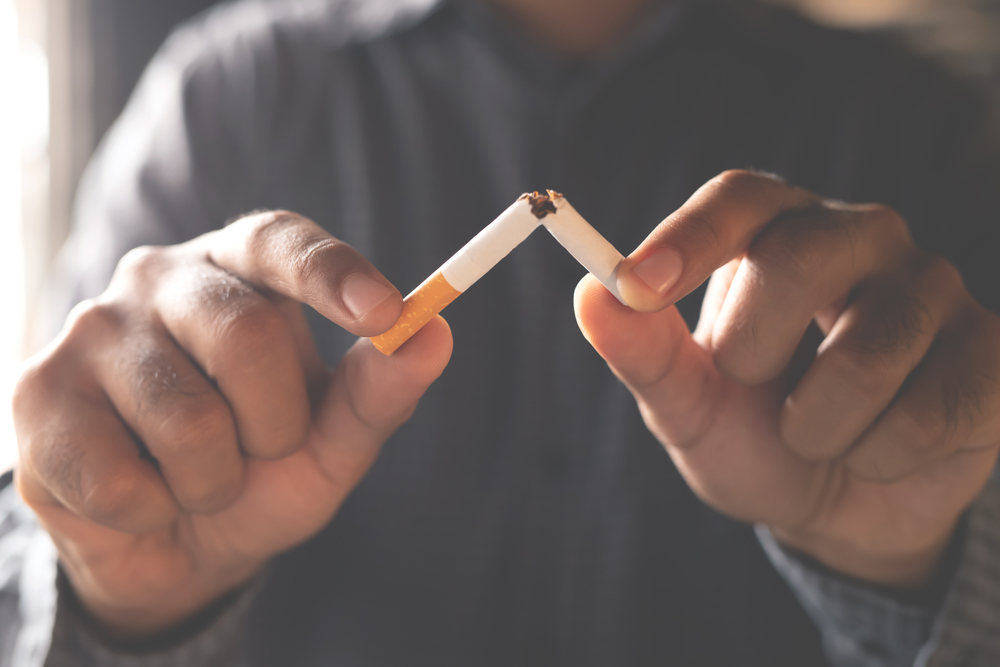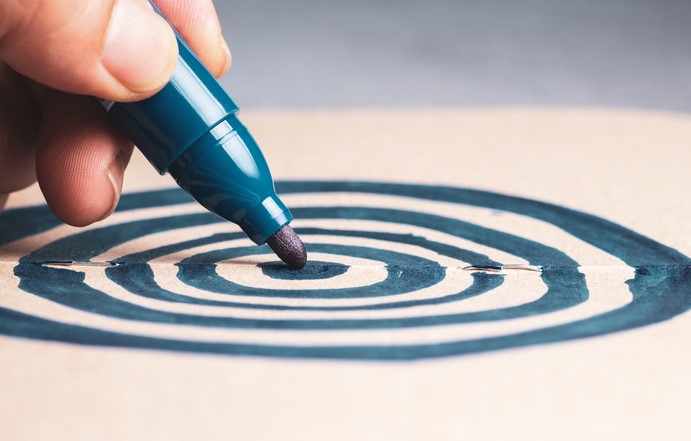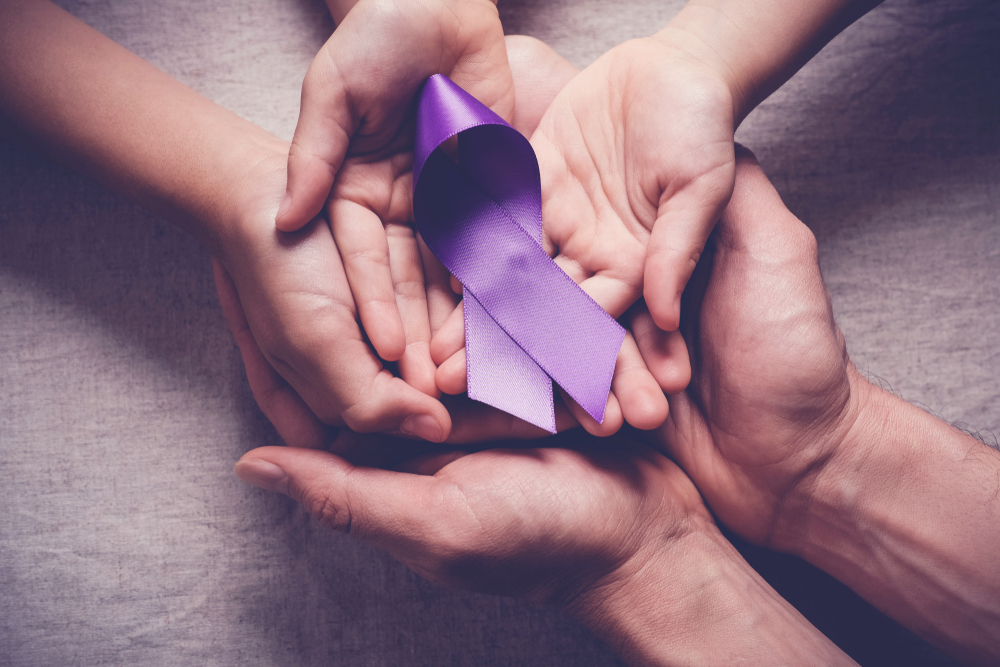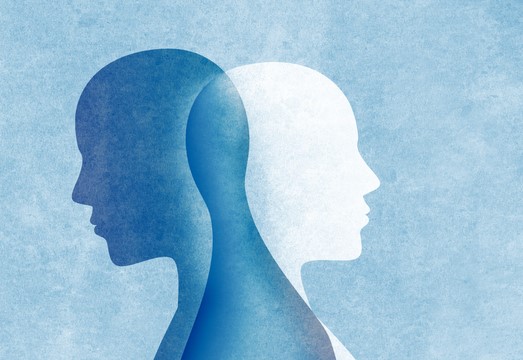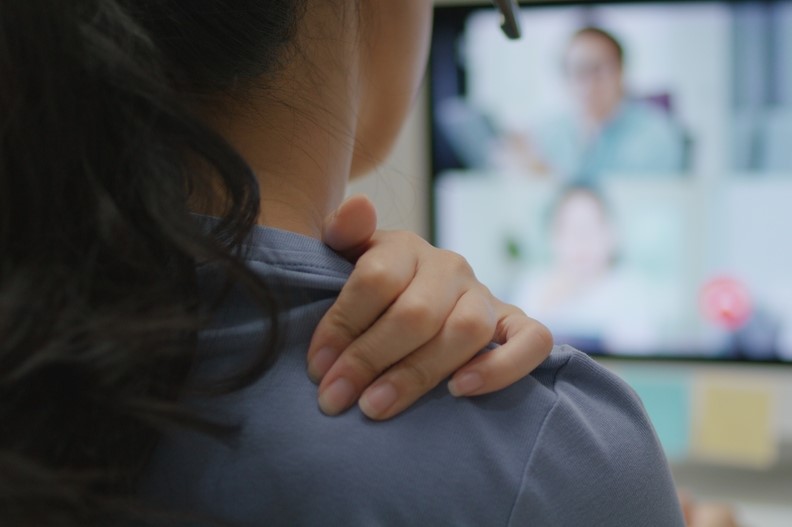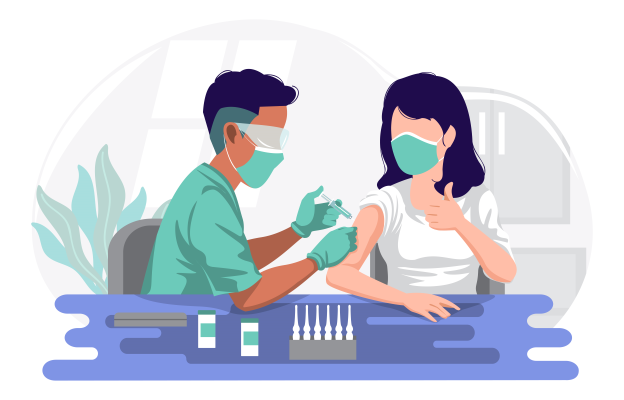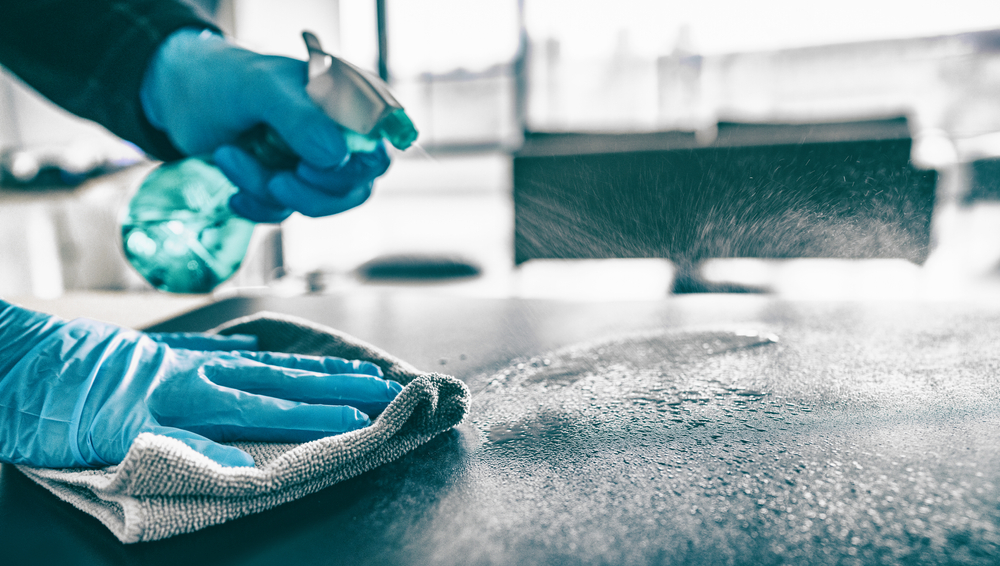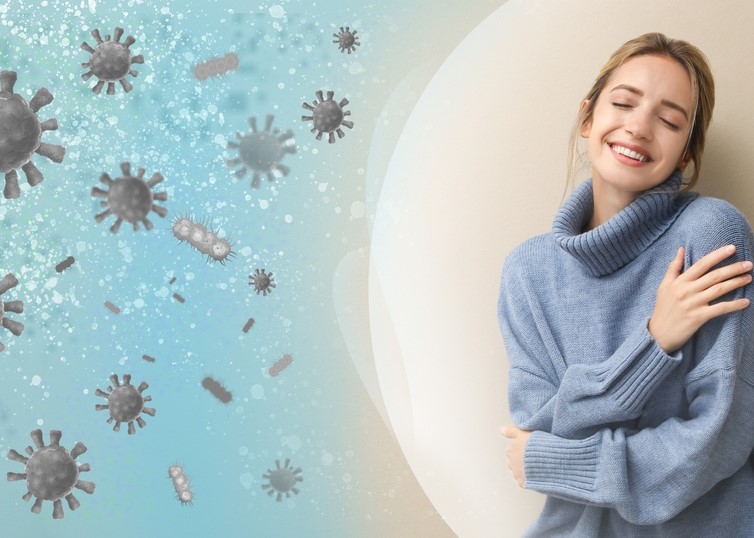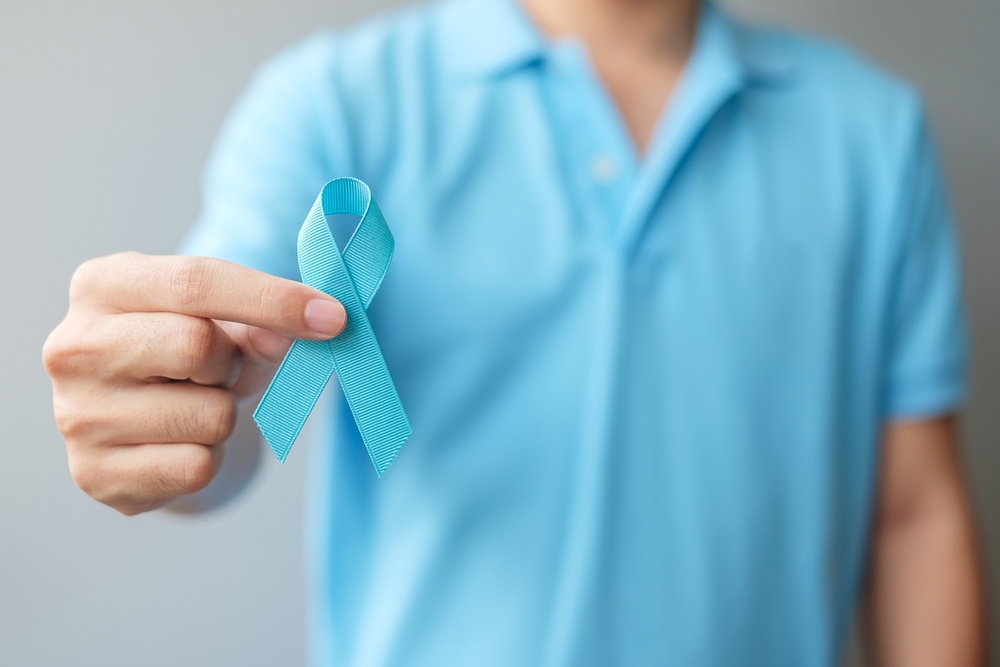All About Breast Cancer
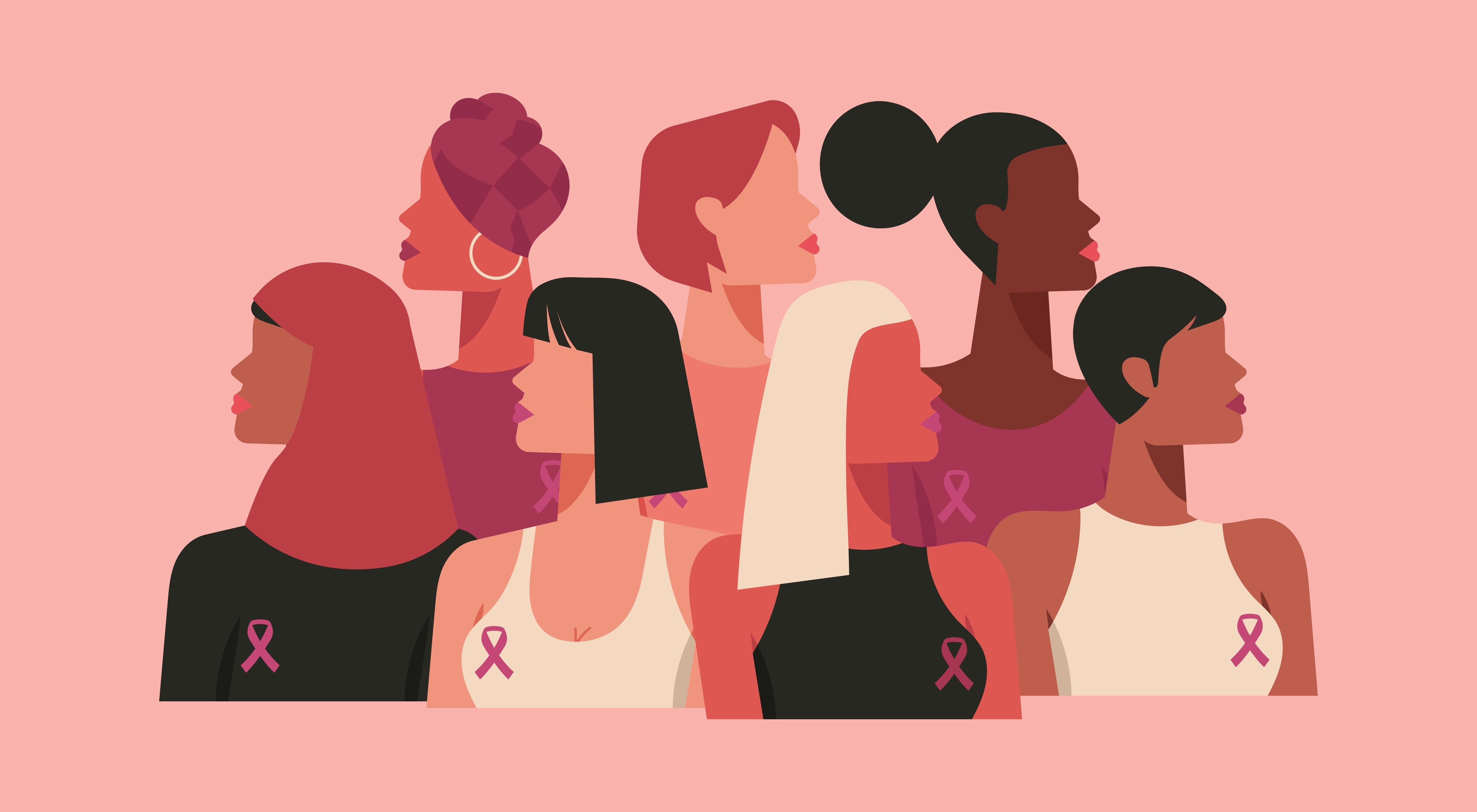
Breast cancer is the most common cancer in women, that 1 out of 8 women has been diagnosed with breast cancer.
The good news is, that survival rates have increased as women are now more aware of the risks of developing breast cancer and have been getting regular checkups.
Symptoms of Breast Cancer:
Symptoms differ from one individual to the next, you may not experience any signs or symptoms at all, while others may experience symptoms early on. Below are some warning signs to observe:
-
A change in the size, shape or contour of your breast
-
A mass or lump, which may feel as small as a pea
-
A lump or thickening in or near your breast or in your underarm that persists through your menstrual cycle
-
A change in the look or feel of your skin on your breast or nipple (dimpled, puckered, scaly or inflamed)
-
Redness of your skin on your breast or nipple
-
An area that's distinctly different from any other area on either breasts
-
A marble-like hardened area under your skin
-
A blood-stained or clear fluid discharge from your nipple.
Since symptoms vary and may not even appear, it is important to maintain routine checkups. If you experience one or more of these symptoms, it is not necessarily an indication of breast cancer; but we encourage you to consult your doctor is you have noticed any changes.
Causes of Breast Cancer:
There are several risk factors that may increase your chances of developing breast cancer, these include:
-
Age: 55 or older increases your risk for breast cancer
-
Sex: Women are much more likely to develop breast cancer than men
-
Family history and genetics: If you have parents, siblings, children, or other close relatives who've been diagnosed with breast cancer, you're more likely to develop the disease at some point in your life
-
Radiation exposure: If you've had prior radiation therapy- especially to your head, neck, or chest
-
Hormone replacement therapy
-
Smoking
-
Alcohol
-
Obesity
Detecting Breast Cancer:
Your doctor will perform a breast examination and ask about your family history, medical history, and any existing symptoms, and then proceed to doing tests to check for breast abnormalities. These tests may include:
-
Mammogram: These special X-ray images can detect changes or abnormal growths in your breast.
-
Ultrasonography: This test uses sound waves to take pictures of the tissues inside of your breast. It's used to help diagnose breast lumps or abnormalities.
-
Positron emission tomography (PET) scanning: A PET scan uses special dyes to highlight suspicious areas. During this test, your doctor injects a special dye into your veins and takes images with the scanner.
-
Magnetic resonance imaging (MRI): This test uses magnets and radio waves to produce clear, detailed images of the structures inside of your breast. If your healthcare provider sees anything suspicious on the imaging tests, they may take a biopsy of your breast tissue for more detailed analysis.
Preventing Breast Cancer:
There are a lot of advancements in the understanding of breast cancer and its treatment, and with higher awareness, women are now more inclined to ensure routine check-ups. Breast cancer prevention starts with healthy habits, below are a few ways you can reduce your risk:
-
Keep your weight in check
-
Be physically active
-
Maintain a balanced diet by ensuring you consume lots of fruits and vegetables
-
Limit or avoid alcohol
-
Stay away from smoking
-
Breastfeed, if possible
-
Consult your doctor before starting menopausal hormone therapy
-
Avoid birth control pills
Moreover, understanding your family history can help you take special steps to protect yourself. Remember, regular screening doesn't prevent cancer, but can help detect it early which facilitates treatment and drastically increases chances of survival.



